- Best Practices for Planting Tomato Seedlings in the Greenhouse
- 1. Prepare the Soil
- 2. Choose the Right Containers
- 3. Provide Adequate Support
- 4. Water Regularly
- 5. Provide Adequate Lighting
- Ensure Proper Seedling Selection
- Prepare the Greenhouse Environment
- Select the Right Soil and Containers
- 1. Choose a well-draining soil mix
- 2. Use containers of the right size
- 3. Ensure proper drainage
- 4. Provide support for the plants
- 5. Consider using biodegradable containers
- Provide Adequate Nutrients and Water
- 1. Choose a nutrient-rich soil
- 2. Add organic fertilizer
- 3. Water consistently
- 4. Consider using drip irrigation
- 5. Monitor for signs of nutrient deficiencies
- Proper Spacing and Support
- Monitor and Control Temperature and Humidity
- Temperature
- Humidity
- Implement Pruning and Training Techniques
- 1. Remove Suckers
- 2. Stake or Cage the Plants
- 3. Tie the Main Stem
- 4. Prune Lower Leaves
- 5. Train the Plant to One or Two Main Stems
- Keep Pests and Diseases at Bay
- 1. Clean and sanitize
- 2. Use disease-resistant varieties
- 3. Monitor for pests
- 4. Provide proper ventilation
- 5. Practice crop rotation
- Achieve a Plentiful Harvest with 5 Key Tips!
- 1. Start with Healthy Seedlings
- 2. Choose the Right Variety
- 3. Provide Adequate Light and Temperature
- 4. Properly Space the Seedlings
- 5. Provide Regular Watering and Fertilization
- “Question-Answer”
- When is the best time to start planting tomato seedlings in the greenhouse?
- What kind of soil should I use for planting tomato seedlings in the greenhouse?
- How deep should I plant the tomato seedlings in the greenhouse?
- How often should I water my tomato seedlings in the greenhouse?
- Should I use any fertilizer on my tomato seedlings in the greenhouse?
- Do tomato seedlings in the greenhouse need any support?
- “Video” 5 Tomato Grow Mistakes To Avoid
Tomatoes are one of the most popular vegetables to grow in a greenhouse. With the right care and attention, you can enjoy a bountiful harvest of delicious tomatoes. However, planting tomato seedlings in the greenhouse requires some specific techniques to ensure their success. In this article, we will discuss the best practices for planting tomato seedlings, so you can maximize your yield.
Tip 1: Choose the right tomato variety
When selecting tomato seedlings for your greenhouse, it’s important to choose a variety that is well-suited for greenhouse growing. Look for determinate or semi-determinate varieties that are compact and ideal for container gardening. These varieties tend to produce earlier and have a higher yield in a controlled environment like a greenhouse.
Tip 2: Prepare the soil properly
The soil in your greenhouse should be rich in organic matter and well-draining. Remove any weeds or debris from the planting area, and incorporate compost or well-rotted manure to improve the soil’s fertility. It’s also a good idea to test the pH level of the soil and make any necessary adjustments to ensure optimal growing conditions for your tomato seedlings.
Tip 3: Plant seedlings deeply
When planting your tomato seedlings, bury them deep in the soil. Remove the lower leaves and plant the seedlings up to their first set of true leaves. This will encourage the development of a strong root system and help the plants establish themselves more quickly. Firmly tamp down the soil around the seedlings to ensure good contact with the roots.
Tip 4: Provide proper support
Tomato plants need support to prevent them from falling over and to keep the fruit off the ground. Install stakes, cages, or trellises at the time of planting to support the young seedlings as they grow. This will also make it easier to prune and harvest the tomatoes later on.
Tip 5: Water and fertilize regularly
Proper watering is crucial for the health and productivity of tomato plants. Keep the soil consistently moist, but not overly wet. Monitor the moisture level closely in the greenhouse, as the controlled environment can lead to fluctuations in humidity. Additionally, fertilize your tomato plants regularly with a balanced fertilizer that is high in potassium and phosphorus to promote blooming and fruiting.
By following these best practices, you can ensure that your tomato seedlings thrive in the greenhouse and produce a plentiful harvest of delicious tomatoes. Happy gardening!
Best Practices for Planting Tomato Seedlings in the Greenhouse
1. Prepare the Soil
Before planting your tomato seedlings in the greenhouse, it’s important to prepare the soil to ensure optimal growing conditions. Start by removing any weeds or debris from the area where you plan to plant the seedlings. Then, loosen the soil using a garden fork or tiller to improve drainage and promote root growth.
2. Choose the Right Containers
Selecting the proper containers for your tomato seedlings is crucial for their success in the greenhouse. Use containers that are at least 4-6 inches deep and have drainage holes at the bottom to prevent waterlogging. Plastic or clay pots work well and should be cleaned before use to prevent the spread of pests or diseases.
3. Provide Adequate Support
Tomato plants require support to grow properly and produce a bountiful harvest. Install stakes or trellises in the greenhouse to support the plants. This will prevent them from bending or breaking under the weight of the fruit and allow for better air circulation, reducing the risk of disease.
4. Water Regularly
Proper watering is crucial for the healthy growth of tomato seedlings in the greenhouse. Water the plants regularly, keeping the soil evenly moist but not waterlogged. Avoid overhead watering as it can lead to the spread of fungal diseases. Instead, water directly at the base of the plants.
5. Provide Adequate Lighting
Tomato seedlings in the greenhouse require sufficient lighting to thrive. Place them in a location that receives at least 6-8 hours of direct sunlight each day. If natural sunlight is limited, consider using supplemental lighting, such as grow lights, to ensure proper growth and development.
By following these best practices for planting tomato seedlings in the greenhouse, you can create an optimal growing environment that will lead to a bountiful harvest of delicious tomatoes.
Ensure Proper Seedling Selection
Choosing the right tomato seedlings is crucial for a successful harvest in the greenhouse. Here are some key tips to ensure proper seedling selection:
- Choose healthy and vigorous seedlings: Look for seedlings that have sturdy stems, dark green leaves, and no signs of wilting or disease. Avoid seedlings that are leggy or floppy, as they may struggle to grow properly.
- Select the right tomato variety: Consider the specific needs and preferences of your greenhouse environment. Choose a tomato variety that is well-suited for growing in a greenhouse, such as determinate or dwarf varieties.
- Check the root system: Gently remove the seedling from its container and inspect the roots. Look for a thick and well-developed root system. Avoid seedlings with root-bound or damaged roots.
- Avoid seedlings with flowers or fruits: Seedlings that already have flowers or fruits may divert their energy towards reproductive growth rather than establishing strong roots and foliage. Choose seedlings that are focused on vegetative growth.
- Consider disease tolerance: Look for tomato varieties that are resistant to common diseases in your area, such as Fusarium wilt or powdery mildew. This will help ensure a healthier and more productive crop.
By carefully selecting the right seedlings for your greenhouse, you can set a solid foundation for a bountiful tomato harvest. Remember to handle the seedlings with care during planting to minimize stress and promote successful growth.
Prepare the Greenhouse Environment
Before planting tomato seedlings in the greenhouse, it is important to ensure that the environment is properly prepared to provide optimal conditions for their growth. Here are some key tips to consider:
- Clean and disinfect the greenhouse: Start by thoroughly cleaning the greenhouse to remove any dirt, debris, or plant remains. Disinfect all surfaces, including the walls, benches, and equipment, using a suitable solution. This helps eliminate any pathogens or pests that may affect the seedlings.
- Check and improve ventilation: Proper ventilation is essential for maintaining a healthy environment and preventing the build-up of excessive heat and humidity. Inspect the greenhouse’s ventilation system, including windows, vents, and fans, and ensure they are functioning properly. Consider adding additional vents or installing exhaust fans if necessary.
- Ensure proper lighting: Tomato seedlings require ample sunlight or artificial lighting to promote healthy growth. Make sure the greenhouse is positioned in a location that receives sufficient sunlight throughout the day. If natural lighting is limited, consider installing supplemental grow lights to provide the necessary light intensity and duration.
- Provide adequate heating: It is crucial to maintain a steady temperature in the greenhouse to prevent temperature fluctuations that can stress the tomato seedlings. Install a heating system or use heaters to keep the temperature within the optimal range for tomato growth, typically between 65-85°F (18-29°C). Monitor the temperature regularly using a thermometer.
- Create a suitable irrigation system: Tomato plants require consistent moisture to thrive. Set up a reliable irrigation system that provides regular watering without overwatering the seedlings. Consider using drip irrigation or soaker hoses to ensure the water is delivered directly to the plant roots and minimize the risk of disease. Monitor the moisture levels regularly and adjust the watering schedule accordingly.
By preparing the greenhouse environment properly, you can create the ideal conditions for planting tomato seedlings and ensure a successful and bountiful harvest.
Select the Right Soil and Containers
When planting tomato seedlings in a greenhouse, it is important to select the right soil and containers to ensure optimal growth and yield. Here are some key tips to consider:
1. Choose a well-draining soil mix
- Tomatoes thrive in well-draining soil that allows water to flow through easily. Avoid heavy clay soils that can become compacted and restrict root development.
- Consider using a soil mix specifically formulated for container gardening, as these often have good drainage properties.
- When preparing the soil mix, you can add compost or organic matter to improve its fertility and moisture retention.
2. Use containers of the right size
- Tomatoes have extensive root systems, so it’s essential to choose containers that provide enough space for root growth.
- Opt for containers with a capacity of at least 5 gallons (about 19 liters) to give the roots ample room to spread.
- Avoid using containers that are too small, as this can lead to stunted growth and reduced yield.
- Consider using fabric containers, such as grow bags, as they offer good drainage and air circulation.
3. Ensure proper drainage
- Adequate drainage is crucial for the health of tomato plants.
- Make sure that the containers you choose have drainage holes in the bottom to prevent waterlogged soil.
- Place saucers or trays under the containers to catch the excess water and prevent it from pooling around the roots.
4. Provide support for the plants
- Tomatoes are known for their vining growth habit and can become heavy with fruits. Therefore, it is important to provide support for the plants to prevent them from sprawling on the ground.
- Use stakes, cages, or trellises to support the plants and keep them upright.
- Install the support structures at the time of planting to avoid damaging the roots later.
5. Consider using biodegradable containers
- If you prefer a more environmentally friendly option, consider using biodegradable containers made from materials like peat, coconut coir, or paper.
- These containers can be planted directly into the ground, reducing the risk of root disturbance during transplanting.
- However, keep in mind that biodegradable containers may dry out more quickly, so regular watering is essential.
By selecting the right soil and containers for your tomato seedlings, you can provide them with the ideal growing environment in the greenhouse. This will promote healthy root development and help you achieve a bountiful harvest of delicious tomatoes.
Provide Adequate Nutrients and Water
Proper nutrition and hydration are essential for healthy tomato plants and a plentiful harvest. Here are some tips to ensure your tomato seedlings receive adequate nutrients and water:
1. Choose a nutrient-rich soil
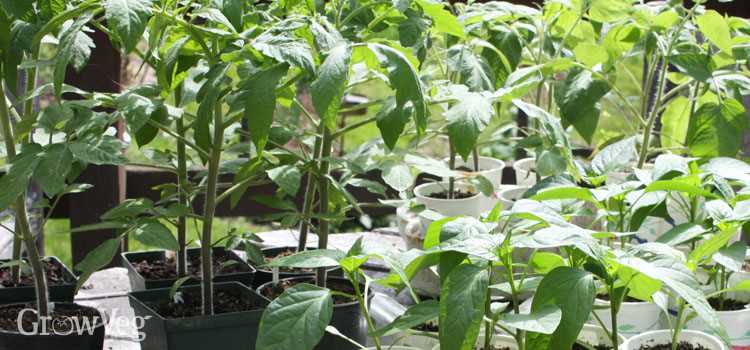
Start by selecting a high-quality potting mix or soil that is rich in organic matter and nutrients. Look for a mix that is specifically formulated for tomatoes or vegetables. This will provide a good foundation for your plants and help them thrive.
2. Add organic fertilizer
In addition to using a nutrient-rich soil, it’s important to supplement with organic fertilizers to provide the necessary nutrients for your tomato seedlings. Organic fertilizers such as compost, aged manure, and worm castings are excellent options. They release nutrients slowly over time, ensuring a steady supply of essential elements.
3. Water consistently
Tomato plants need consistent moisture to grow and produce fruit. Water your seedlings regularly, keeping the soil evenly moist but not waterlogged. A good rule of thumb is to water deeply once or twice a week, depending on the weather and the specific needs of your plants.
4. Consider using drip irrigation
Consider using drip irrigation in your greenhouse to deliver water directly to the roots of your tomato plants. This method can help conserve water by reducing evaporation and preventing water from splashing onto the leaves, which can lead to disease. It also ensures that water reaches the roots where it is needed most.
5. Monitor for signs of nutrient deficiencies
Regularly check your tomato seedlings for signs of nutrient deficiencies, such as yellowing leaves or stunted growth. If you notice any issues, it may be a sign that your plants need additional nutrients. Consider using a balanced, water-soluble fertilizer to address any deficiencies and promote healthy growth.
By providing adequate nutrients and water to your tomato seedlings, you can ensure they have the best chance of producing a plentiful harvest. Monitor the health of your plants and adjust your watering and fertilizing schedule as needed to keep them thriving throughout the growing season.
Proper Spacing and Support
Proper spacing and support for tomato seedlings are essential for a successful and plentiful harvest. Here are some key tips to follow:
- Spacing: When planting tomato seedlings in the greenhouse, ensure adequate spacing between plants. Tomatoes require good airflow to prevent the spread of diseases. Space the seedlings at least 24-36 inches apart to allow proper ventilation and light penetration.
- Support: Tomato plants can grow tall and heavy, so providing support is crucial. Use stakes, cages, or trellises to keep the plants upright and to prevent the branches from breaking under the weight of the fruit. Install the support system at the time of planting to avoid damaging the roots later on.
- Pruning: Regularly prune the tomato plants to remove any suckers or side shoots that emerge in the leaf axils. These suckers can divert energy from fruit production and lead to a bushy plant with decreased yields. Focus the plant’s energy on developing large, healthy fruits by removing the suckers.
- Training: As the tomato plants grow, gently train them by tying the main stem to the support system. Use soft ties or twine to secure the plants to prevent any damage. Regularly check for any signs of chafing or constriction caused by the ties, and adjust them if necessary.
- Monitoring: Keep a close eye on the tomato plants as they grow. Regularly inspect for any signs of pests, diseases, or nutrient deficiencies. Address any issues promptly to prevent them from spreading and damaging the entire crop. Regular monitoring will help you catch any problems early and maintain healthy plants.
By properly spacing and supporting your tomato seedlings in the greenhouse, you will promote optimal growth and increase your chances of a bountiful harvest. Remember to observe and adjust as needed to ensure the best conditions for your plants.
Monitor and Control Temperature and Humidity
Temperature and humidity control are crucial factors for the successful growth of tomato seedlings in a greenhouse. By monitoring and controlling these conditions, you can create an optimal environment that promotes healthy growth and maximizes fruit production.
Temperature
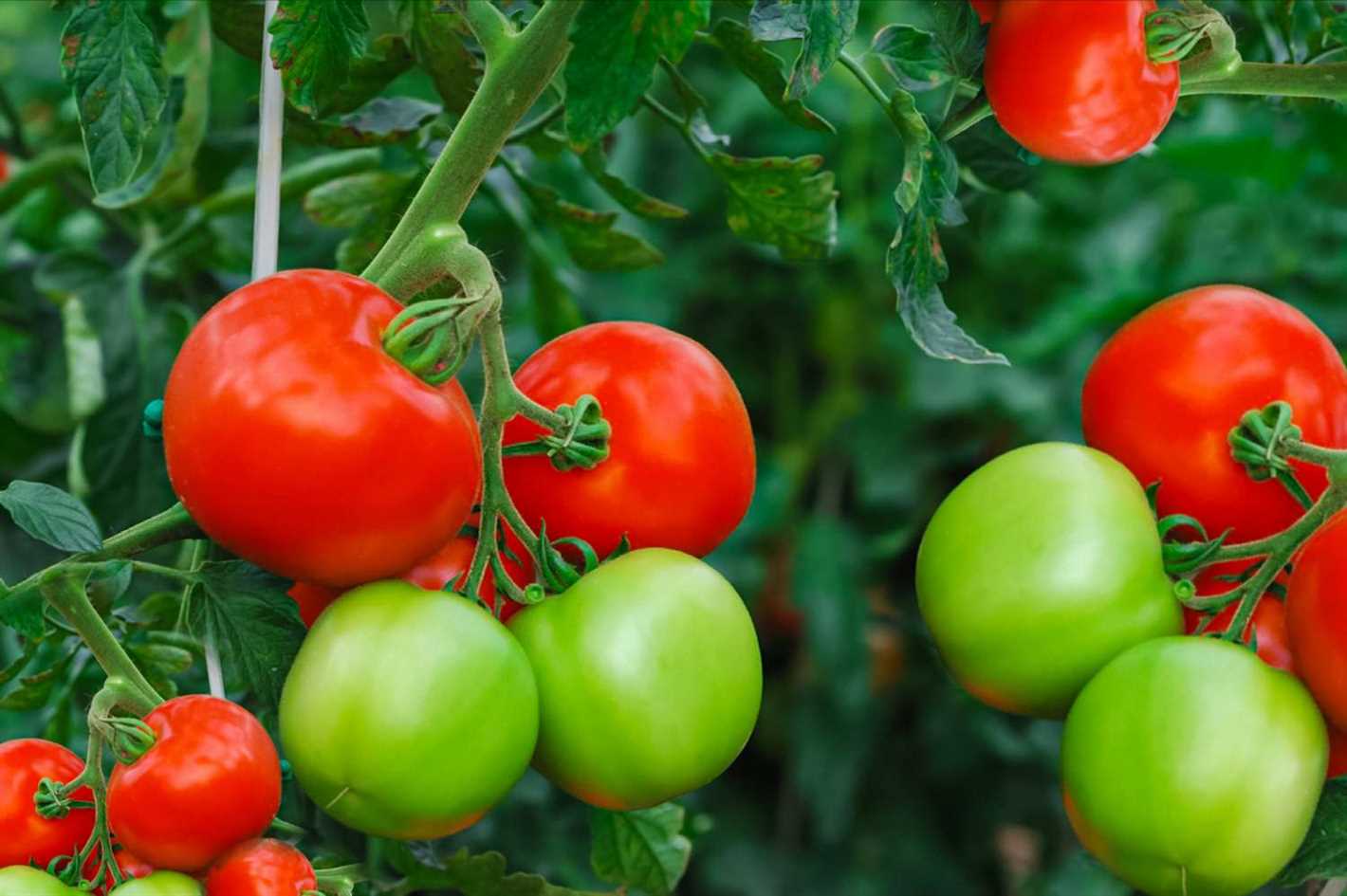
Tomato seedlings thrive in warm temperatures, ideally between 68°F (20°C) and 77°F (25°C). It’s important to maintain a consistent temperature within this range to prevent stress or stunted growth. Use a thermometer to regularly check the temperature inside the greenhouse, especially during colder or hotter periods.
- During the day, the temperature should be around 75°F (24°C) to promote growth.
- At night, a slight drop to around 68°F (20°C) is acceptable, as long as it doesn’t fall below.
Avoid extreme temperature fluctuations, as they can damage the seedlings. Use heating or cooling devices, such as heaters or fans, to regulate the temperature if necessary.
Humidity
Humidity levels also play a vital role in the growth of tomato seedlings. Maintaining the right humidity can help prevent diseases and ensure the plants thrive.
- The ideal humidity range for tomato seedlings is between 40% and 70%.
- Avoid excessively high humidity, as it can create a breeding ground for fungal diseases.
- Low humidity can lead to water stress and hinder growth.
Monitor humidity levels using a hygrometer and adjust them accordingly. Increase humidity by misting water over the seedlings or using a humidifier. Conversely, decrease humidity by ventilating the greenhouse or using a dehumidifier.
By monitoring and controlling the temperature and humidity in your greenhouse, you can create the optimal conditions for tomato seedlings to thrive. This will lead to a plentiful harvest and healthy, prolific plants.
Implement Pruning and Training Techniques
Pruning and training techniques are essential for maximizing tomato plant production in a greenhouse. These techniques help to control the growth of the plant, promote air circulation, and prevent diseases. Here are some key pruning and training techniques to implement:
1. Remove Suckers
Suckers are the small shoots that grow in the leaf axils of tomato plants. Removing these suckers helps to direct the plant’s energy towards fruit production instead of excessive vegetative growth. Carefully pinch off the suckers using your fingers or pruners.
2. Stake or Cage the Plants
Staking or caging tomato plants helps to support their weight and prevents them from sprawling on the ground. This also improves airflow around the plants, reducing the risk of diseases. Use stakes or cages made of sturdy materials and place them at the time of planting.
3. Tie the Main Stem
As the tomato plant grows, it is important to tie the main stem to the stake or cage to provide additional support. Use soft plant ties or strips of fabric to avoid damaging the stem. Regularly check and adjust the ties as the plant continues to grow.
4. Prune Lower Leaves
Removing the lower leaves of tomato plants helps to reduce the risk of diseases and improve air circulation. Prune the leaves up to the first set of fruiting trusses. Be careful not to remove too many leaves, as they still contribute to photosynthesis and nutrient production.
5. Train the Plant to One or Two Main Stems
Training tomato plants to grow with one or two main stems helps to focus their energy into fruit production. Choose the strongest and healthiest stem(s) and remove any competing shoots. Use plant ties to gently guide the main stem(s) along the stake or cage, as they grow.
By implementing these pruning and training techniques, you can ensure that your tomato plants grow in a controlled manner and produce a plentiful harvest in the greenhouse.
Keep Pests and Diseases at Bay
One of the biggest challenges when growing tomatoes in a greenhouse is dealing with pests and diseases. However, with proper preventive measures, you can keep them at bay and ensure a healthy crop.
1. Clean and sanitize
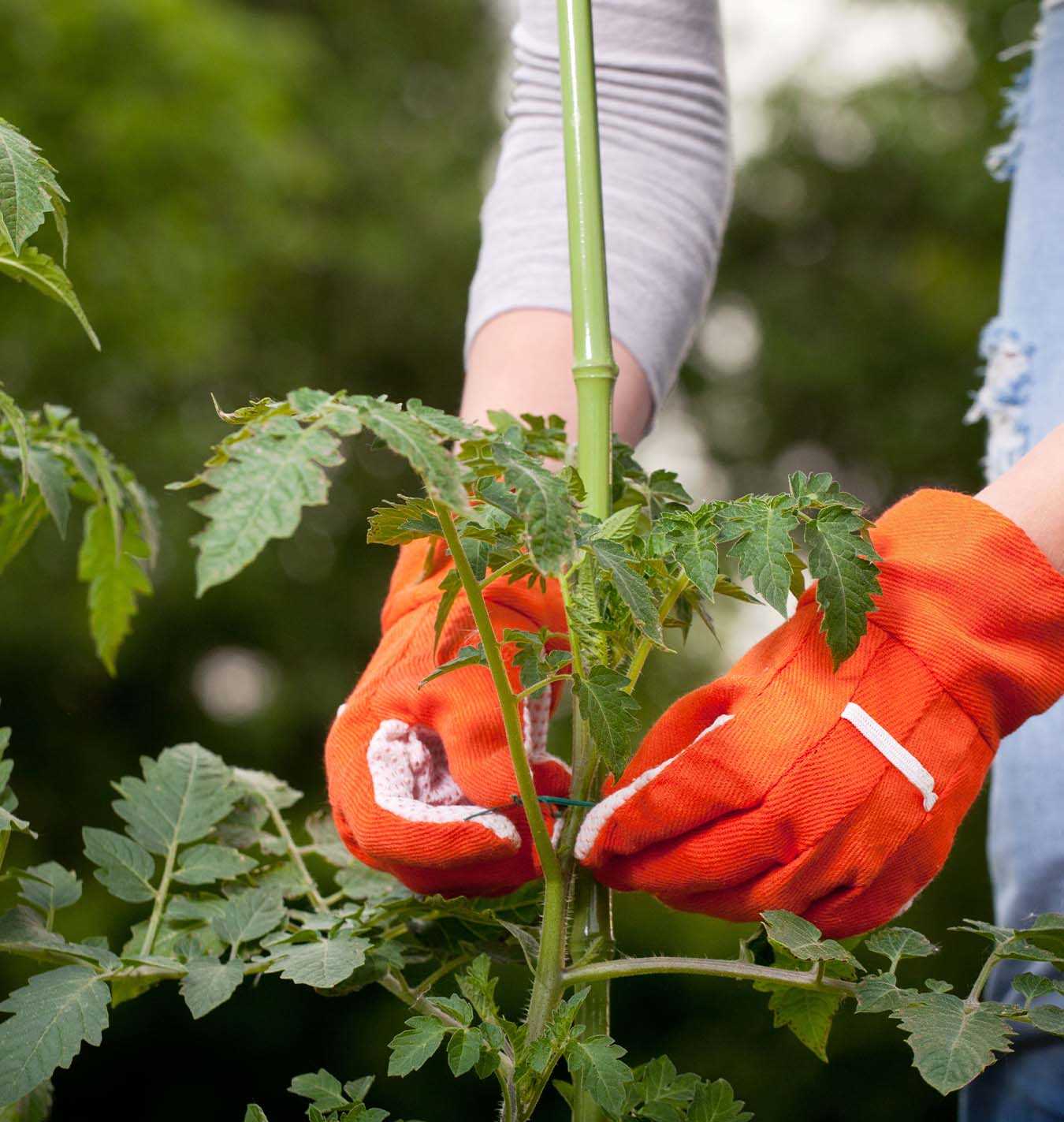
Before planting your tomato seedlings, it’s important to clean and sanitize the greenhouse. Remove any debris, weeds, or old plant material that may harbor pests or diseases. Clean all surfaces, including benches, walls, and floors, using a mild detergent and water solution. Rinse thoroughly, and if necessary, use a disinfectant to eliminate any remaining pathogens.
2. Use disease-resistant varieties
When choosing tomato varieties for greenhouse cultivation, opt for disease-resistant ones. These varieties are specifically bred to withstand common tomato diseases, such as blight, wilt, and leaf spot. Check the seed packet or consult with your local nursery to find out which varieties are suitable for your area.
3. Monitor for pests
Regularly inspect your tomato plants for signs of pests, such as aphids, whiteflies, or spider mites. Look for yellowing leaves, distorted growth, or the presence of insects. If you detect any pests, take immediate action to prevent an infestation. You can use insecticidal soap, neem oil, or other organic pest control methods to eliminate them.
4. Provide proper ventilation
A well-ventilated greenhouse is essential for preventing the buildup of moisture, which can create an ideal environment for diseases. Install fans or vents to improve air circulation. This will help reduce humidity levels and prevent the spread of fungal infections, such as powdery mildew.
5. Practice crop rotation
Rotating your tomato crops each season can help minimize the risk of soilborne diseases. Avoid planting tomatoes in the same location year after year, as this can lead to a buildup of pathogens in the soil. Instead, rotate your crops with unrelated plants to break the disease cycle.
By following these best practices, you can ensure that your tomato plants stay healthy and productive throughout the growing season. Keeping pests and diseases at bay will allow your greenhouse tomatoes to flourish and provide you with a bountiful harvest.
Achieve a Plentiful Harvest with 5 Key Tips!
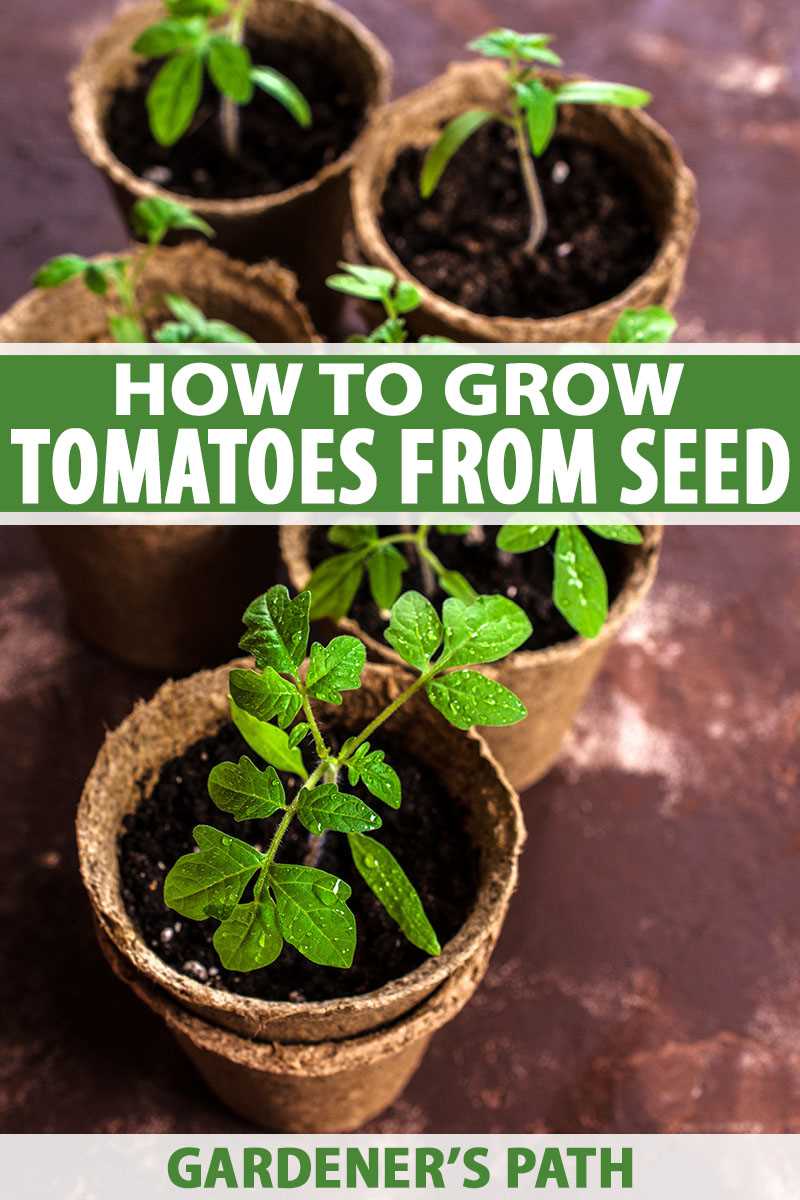
1. Start with Healthy Seedlings
Begin your tomato growing journey by selecting healthy seedlings from a reputable nursery or by starting your own from seeds. Look for seedlings with strong stems, vibrant leaves, and no signs of disease or pests.
2. Choose the Right Variety
Consider the specific variety of tomato that you want to grow in your greenhouse. Different varieties have different growth habits, flavors, and resistance to diseases. Choose a variety that suits your preferences and greenhouse conditions.
3. Provide Adequate Light and Temperature
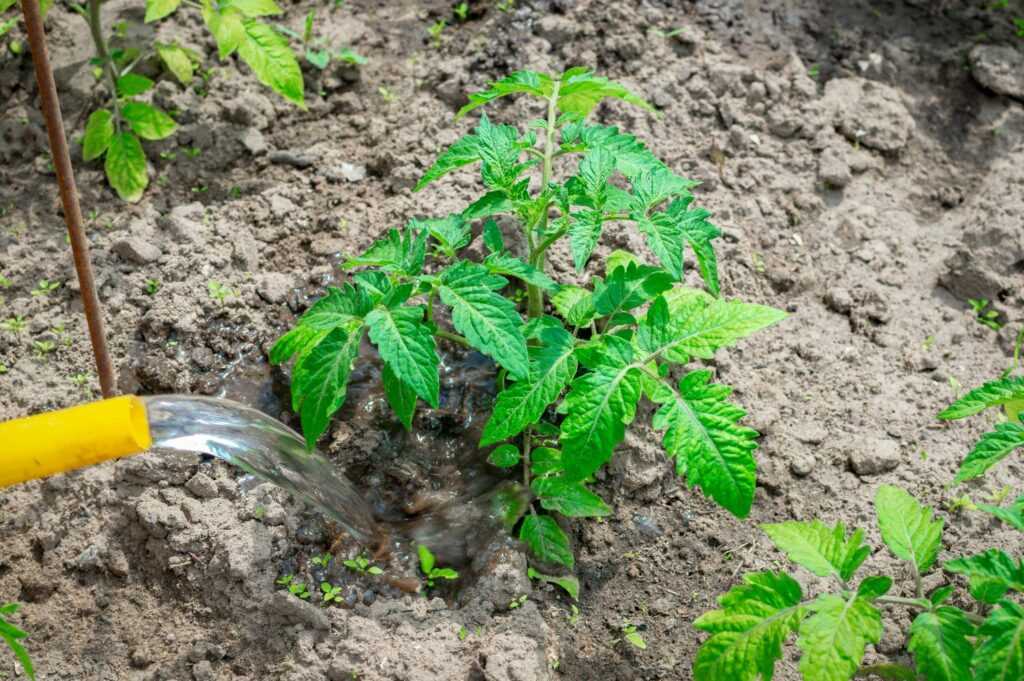
Tomatoes thrive in warm, sunny conditions. Ensure your greenhouse receives ample sunlight or install grow lights if necessary. Maintain a temperature between 70-75°F (21-24°C) during the day and around 65°F (18°C) during the night for optimal growth.
4. Properly Space the Seedlings
Give your tomato plants enough room to grow and establish a strong root system. Spacing requirements differ by variety, so follow the guidelines provided with the seedlings or leave a minimum of 24-36 inches (61-91 cm) between each plant. This allows for sufficient airflow and reduces the risk of diseases.
5. Provide Regular Watering and Fertilization
Maintain consistent moisture levels in the greenhouse soil by watering your tomato plants regularly. Avoid overwatering or allowing the soil to dry out completely. Additionally, fertilize your plants with a balanced tomato fertilizer according to the manufacturer’s recommendations.
By following these key tips, you’ll create an optimal environment for your tomato seedlings in the greenhouse, leading to a bountiful harvest of delicious, homegrown tomatoes!
“Question-Answer”
When is the best time to start planting tomato seedlings in the greenhouse?
The best time to start planting tomato seedlings in the greenhouse is typically 6-8 weeks before the last expected frost date in your area. This will give the seedlings enough time to establish before they are transplanted into the garden.
What kind of soil should I use for planting tomato seedlings in the greenhouse?
It is best to use a well-draining and nutrient-rich soil mix for planting tomato seedlings in the greenhouse. A mix of peat moss, compost, and perlite or vermiculite works well.
How deep should I plant the tomato seedlings in the greenhouse?
When planting tomato seedlings in the greenhouse, it is important to bury them deep in the soil. The recommended depth is up to the first set of true leaves. This will help the seedlings develop strong root systems.
How often should I water my tomato seedlings in the greenhouse?
Tomato seedlings in the greenhouse should be watered regularly, but it is important not to overwater them. Check the soil moisture level with your finger and water when the top inch of soil feels dry. Water deeply, ensuring that the water reaches the roots.
Should I use any fertilizer on my tomato seedlings in the greenhouse?
Providing fertilizer to tomato seedlings in the greenhouse can help them develop strong and healthy roots. It is recommended to use a balanced fertilizer once a week, following the package instructions for the appropriate dilution and application method.
Do tomato seedlings in the greenhouse need any support?
Yes, tomato seedlings in the greenhouse will benefit from support as they grow. You can use stakes or cages to provide support and prevent the plants from falling over. Secure the plants to the support structure using garden twine or clips.







